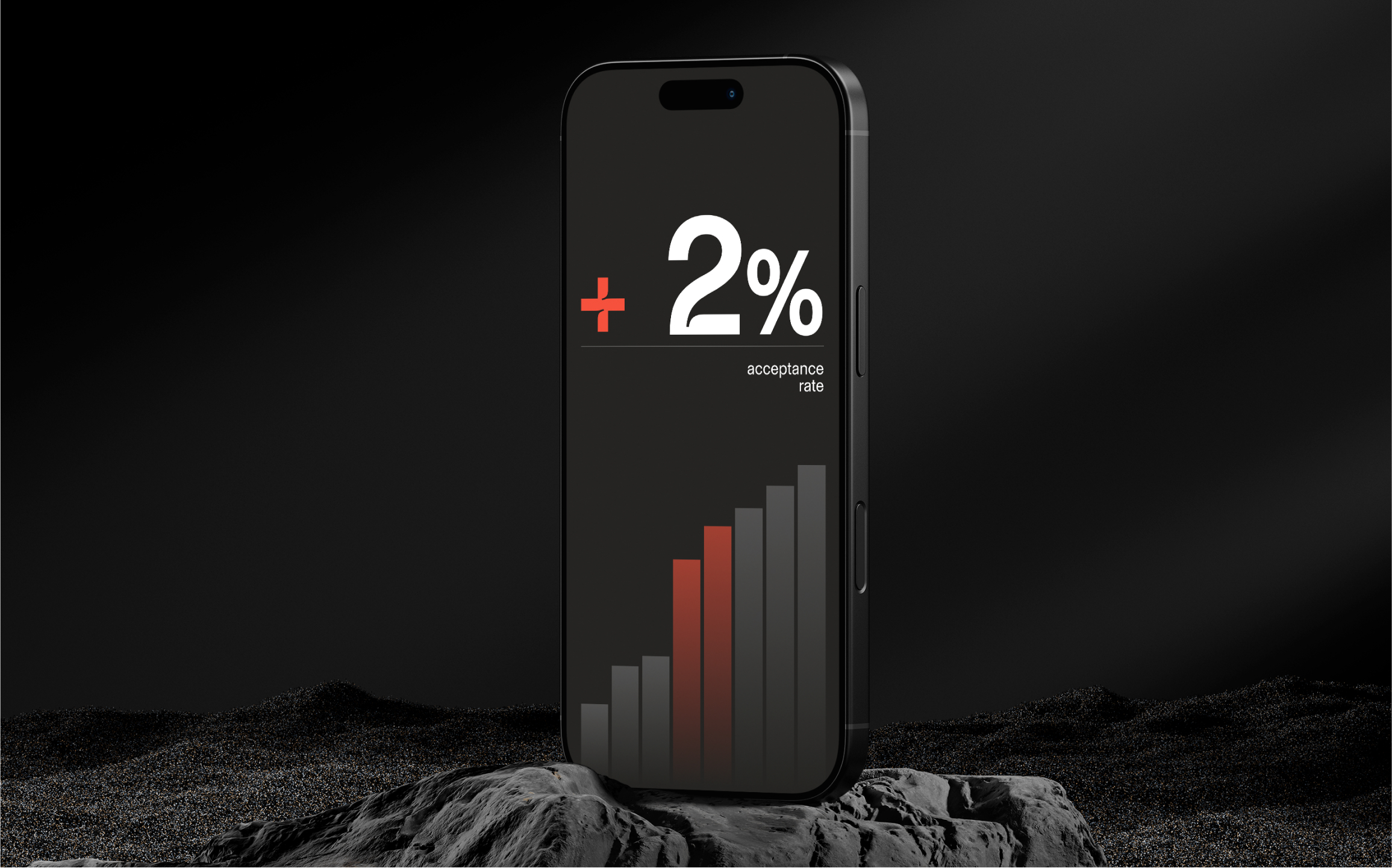What you need to know:
Challenges and Future of Open Finance: The implementation of open banking and finance faces challenges, including regulatory compliance, data security, and customer trust. However, as regulations evolve, especially in Europe, open finance is poised to significantly enhance financial inclusion and service customization, paving the way for broader adoption and innovation in the financial sector.
Difference Between Open Banking and Open Finance: Open banking focuses on the secure sharing of payment account data between banks and third-party providers, enhancing financial services. Open finance expands this scope to include all financial data, such as mortgages and insurance, offering a more comprehensive and personalized financial ecosystem.
Opportunities in Open Banking and Open Finance: Both open banking and open finance foster innovation by encouraging competition among financial institutions and fintechs. This leads to new services like A2A payments and BNPL, benefiting consumers with more choices, lower costs, and enhanced financial management tools.
Open banking has emerged as a truly transformative concept within the financial industry, enjoying considerable attention in recent years. This movement goes beyond the traditional banking model, extending its reach to encompass the broader landscape of financial services through the concept of open finance and open data.
The pace of its adoption has only quickened due to the pandemic, and the rising popularity of neobanks and alternate financial services. These innovative services are elevating the digital banking experience.
Based on findings from Polaris Market Research, the global open banking market reached a valuation of $16.14 billion in 2021.
This figure is projected to surge to $128.12 billion by 2030, reflecting a robust compound annual growth rate (CAGR) of 26.8% during the anticipated time frame.
A recent survey conducted by Finastra unveiled a noteworthy shift in perception. In 2021, 45% of surveyed U.S. citizens regarded open banking as a necessity, a percentage that has now risen to 56%, highlighting its increasing importance.
Expanding on this concept, we encounter open finance, an extension of open banking. Though these terms may seem interchangeable, it’s essential to grasp their unique implications for both the financial industry and consumers.
Let’s start by unpacking open banking and how it all started.
Understanding open banking.
In modern finance, open banking is a practice that facilitates the secure exchange of financial data between established banks and third-party service providers, including fintech applications.
The scenario had shifted away from when central banks held a tight grip on consumer financial data.
A new era has dawned, enabling consumers to oversee and utilize their financial data across various platforms. This allows for a more streamlined and personalized experience that caters to individual needs.
Through open banking, end users now have the convenience to effortlessly access account balances, conduct instant money transfers, and engage in a range of other financial transactions.
Open banking is poised to usher in improved avenues for spending, borrowing, and investing, simultaneously leading to a reduction in overdraft fees, enhancements in customer service, and heightened authority over financial data.
The regulatory framework underpinning open banking serves a dual purpose: simplifying banking operations for consumers and expanding their choices.
Through the mechanism of an application programming interface (API), a cryptographic code that acts as a bridge between software systems, regulated banking data is shared with fintech and other third-party service providers.
This fosters collaboration between non-financial entities and banks, a partnership that fuels an elevated customer experience. By harnessing insights derived from a wealth of banking data, friction is minimized, and decision-making is fortified.
Amidst these advancements, consumers get a newfound ability to share and access their data securely.
This is made possible through the encrypted codes embedded within the API, offering a level of security and control that’s unprecedented.
While the custodianship and management of customer data remain with the banks, the true empowerment lies with the consumer. They possess the reins to their data, wielding the capacity to access and manage it as they see fit.
Origins of open banking.
The origins of open banking can be traced back to 1980 when the German Federal Post Office, known as Deutsche Bundespost, carried out its initial screen test experiment involving five external computers.
Enacted in 2018 as a requirement in the United Kingdom, open banking emerged as a reaction to a regulatory change known as the European Union’s Payment Services Directive (PSD2).
Under the Payment Services Directive framework, the UK Government implemented legislation that mandated banks to open their databases and share them with third-party providers.
The Financial Conduct Authority (FCA) oversaw the enforcement of these regulations to benefit all users and foster increased competition among banks and financial entities.
This initiative positioned the United Kingdom as a pioneer of Open Banking, resulting in a remarkable transformation of the landscape within the country.
In 2018, an update was introduced to the initial regulations. The PSD2 mandate made it obligatory for banks to share their databases with third-party providers through the use of APIs (Application Programming Interfaces).
This expansion and redefinition of the roles of third-party providers simultaneously facilitated their access to data and the enhancement of their products.
This pivotal directive’s implications significantly shape the UK’s current Open Banking regulations.
The PSD2 directive empowers customers by compelling banks to relinquish control over their data, opening avenues for third-party involvement.
This mechanism allows trusted third-party providers to access vital consumer banking information, from historical to present transactions.
This arrangement offers consumers a heightened degree of authority over their personal financial matters, alongside the added benefit of swift insights into their spending patterns.
Open banking offers many opportunities but also comes with its own set of challenges.
Open banking opportunities.
By establishing a level playing field for emerging startups and technology platforms, the concept of open banking becomes a catalyst for innovation.
This dynamic compels larger banks to enhance their offerings, competing on par with more minor, newer banks for business opportunities.
The ripple effect of this competition can be a boon for consumers, resulting in reduced costs coupled with elevated technological solutions and customer service standards.
Players in the financial sector may encounter intensified competition and the imperative to pivot toward inventive financial services. In light of this, a window of opportunity opens for early adopters to harness the capabilities of open banking and introduce novel services.
Executives within non-financial domains stand to gain from forging strategic collaborations with fintech enterprises and traditional financial establishments. This could manifest as retail or e-commerce enterprises utilizing open banking data to facilitate newly enabled services.
Open Banking has given birth to innovative financial services like A2A (Account to Account) Payments, B.N.P.L (Buy Now Pay Later), AIS (Account information Services) and Embedded Finance.
Similarly, streaming service providers could leverage open banking to tailor recurring payment plans for their subscription services.
Open banking’s potential for advancement.
Implementing open banking APIs entails several challenges, each accompanied by specific risks. Addressing these concerns is crucial for a secure and successful open banking environment.
- Regulatory Compliance: Adhering to diverse regulations and standards, such as the Payment Services Directive 2 (PSD2) and General Data Protection Regulation (GDPR), is essential for open banking API implementation. Ensuring compliance can be complex and resource-intensive, particularly for smaller players.
- Data Security and Privacy: Protecting sensitive customer data and transactions while sharing information with third-party providers is a major challenge. Robust security measures like encryption and consent protocols are vital to mitigate risks.
- Customer Trust and Adoption: Educating customers about the benefits and risks of open banking APIs are vital to gaining their trust and encouraging adoption. Transparent communication and showcasing value are key strategies.
- Technical Integration and Interoperability: Achieving seamless integration among different platforms and providers requires adherence to standards like the Open Banking Standard or the Berlin Group Framework. Regular testing and troubleshooting are crucial.
- Business Model and Strategy: Crafting a sustainable business model that addresses competition and changing customer expectations is vital. Monitoring, evaluation, and adaptation are necessary to remain competitive.
- Legal and Ethical Implications: Complying with laws and ethical norms while addressing data ownership and accountability questions is essential. Collaboration with stakeholders ensures the integrity of open banking operations.
Tackling these challenges head-on requires a blend of technical understanding, strategic planning, transparency, and customer-centricity.
Envisioning the open banking horizon.
The potential of open banking is promising, provided that all parties come together to embrace data-sharing integration.
This means stakeholders, including customers, must agree on how things will work. This unity should encompass aspects like verifying identities and ensuring compliance with regulations.
A significant outcome of this shift could be the rise of fintech companies as significant players in the financial landscape. They have the potential to bring about substantial changes by offering services tailored to underserved individuals.
Businesses can also tap into this potential by employing strategic marketing and loyalty programs to enhance profits and improve customer relations. All the while, they can seamlessly provide integrated financial products and services to their clientele.
While not all countries have entirely adopted open banking, the blend of market competition and rapid industry changes propels it to the forefront of the financial arena.
It is anticipated that the worldwide count of Open Banking users will experience a nearly 50% average annual growth rate between 2020 and 2024. Furthermore, the global value attributed to open banking payments is projected to exceed $116 billion by the year 2026.
The increased competition naturally leads to a broader range of choices for financial products, and the growing trend of established banks and financial entities acquiring fintech startups illustrates an increasing appetite for innovation within the industry.
So, what role does open finance play in this future view?
Understanding open finance and its impact.
Open finance sets itself apart from open banking by encompassing a broader scope of financial information beyond what banks offer.
It extends the practice of data sharing to include various financial sources such as current and savings accounts, mortgages, pensions, insurance, and utility bills.
Building on the advantages of open banking, open finance ushers in heightened competition within the financial services sector, ultimately enhancing customer service and diversifying solutions to various requirements.
Its potential is remarkable, poised to reshape the landscape of financial services and significantly enhance financial inclusion for marginalized communities.
Demystifying open banking and open finance.
Open banking revolves around the seamless exchange of data and services between financial institutions and third-party providers (TPPs). This facilitates the delivery of enhanced capabilities and experiences to the market, all by granting access to transaction data.
Through open application programming interfaces (APIs), third-party providers can construct applications and services that bring substantial value to consumers.
This value can manifest in exclusive data-driven insights, streamlined user experiences, or simplified payment processes.
Open finance, on the other hand, entails the utilization of open APIs that empower third-party developers to craft applications and services across a spectrum of financial institutions.
These include mortgages, savings, pensions, insurance, and consumer credit. From a B2C perspective it opens avenues to investments and from a B2B perspective it includes Account Payables and Account Recievables automation and alternative mode of providing a credit line opportunities.
Should a consumer grant consent, their entire “financial footprint” can be managed through trusted third-party APIs, intermediary software that facilitates communication between two applications.
The most noticeable distinction between open banking and Open Finance lies in the regulatory landscape.
Navigating open finance regulations.
European Open Banking finds its regulatory anchor in PSD2, the revised payments services directive.
This directive, enacted in 2018, was pivotal in opening up the financial services sector. The collective aspiration is for forthcoming open finance regulations to maintain this momentum of progress.
Open finance, encompassing access to information concerning investment assets, pensions, and various financial services, lacks comprehensive financial regulations currently.
This situation might change soon as the European Commission and the UK’s Financial Conduct Authority (FCA) are actively investigating the necessity of regulating open finance.
Advantages of open finance.
The benefits of open finance extend to individuals and businesses, forging a path toward easier data access and a deeper understanding of financial matters. These benefits include:
- Enhanced User Experience: Tailored products and services enrich user experiences.
- Informed Financial Choices: Open finance enables more thoughtful financial decisions and better management. A wealth of information translates to wiser financial choices. The transparency inherent in open finance empowers consumers with greater control over their financial lives. The transparency inherent in open finance empowers consumers with greater control over their financial lives. This aspect is a pivotal part of the broader journey towards open data.
- Increased Efficiency: This widening of the gateway to the financial consumer ecosystem invites businesses to offer products and services more effectively, attracting deposits, lenders, and building a dependable customer base.
- Boosted Competition: Greater competition among financial service providers fuels innovation, new services, and heightened demand.
- Promoting Financial Inclusivity: Globally, 1.7 billion adults remain unbanked, lacking access to primary financial services. Incorporating additional financial data into personal profiles can provide a more comprehensive view, facilitating access to services and removing barriers to economic development.
- Enhanced Services and Support: By tapping into a broader spectrum of data, financial service providers can better comprehend customer preferences, enabling tailored advice and services, especially for those needing more guidance in managing financial responsibilities.
- Empowered Control: Open finance propels improved payment integration. Embedded finance provides small and medium enterprises (SMEs) with an alternative mode of credit. While the conventional methods of obtaining credit involve establishing a business banking relationship or seeking loans from lending institutions, newer and more innovative forms of alternative credit have surfaced. In these evolving models, fintech providers have the capability to extend a credit line. For instance, if an SME is facing financial constraints and requires a loan to procure inventory, they have the option to turn to a fintech company for a credit line. This approach stands as an alternative to the conventional routes of purchasing goods using a corporate card or applying for a business loan from a bank or lending institution.
Open data is a term that is often used in the open finance sphere, so where does it fit in?
Distinguishing open banking, open finance, and open data.
Open banking centers on payment accounts and transactions, while open finance expands its scope to encompass financial services beyond banking. Open data, on the other hand, influences the entire service provision ecosystem.
In open banking, regulated products and services are granted access to bank transaction data. Open finance takes this a step further, allowing access to a consumer’s entire financial footprint.
Open finance introduces the possibility for consumers to enable third-party providers to access payment account details or facilitate online payments on their behalf.
This pivotal aspect aligns with the broader journey toward open data, where individuals hold the reins on granting access to financial and other information.
Open data encompasses a wider range of sources, including email, social media, health, and travel logistics, in addition to the mentioned elements.
It also pertains to the fusion of financial data with non-financial data, such as government, healthcare, and retail, producing streamlined, customer-centric services.
The competitive marketplace fostered by open banking and open finance catalyzes innovation, propelling progress forward.
One such innovation is open banking payment providers, such as Zimpler A2A, that utilize open banking APIs. We streamline the payment process by accessing customers’ account information and initiating payments directly from their bank accounts.
With our vast network of local and international banks across Europe, Zimpler is actively working to facilitate domestic and international real-time account-to-account payments.
Zimpler offers a bank payment solution that manages KYC procedures in one flow, with a customizable layout branded to fit their unique customers.
The information contained in this post is intended for informational purposes only, and should not be relied upon for professional advice of any kind. Zimpler does not make any representation or warranty as to the completeness or accuracy of the information, and assumes no liability or responsibility that may result from reliance on such information.



